Overview of valve electric actuator
The valve electric actuator is an important part of the active control system. It receives the control signal given by the controller or manual, amplifies its power, converts it into the corresponding angular or linear displacement of the output shaft, and advances various control mechanisms, such as control valve and baffle, successively or intermittently, to complete the control of various parameters in the production process. Driven by a three-phase asynchronous motor and decelerated by a worm, the hollow output shaft is driven to output torque, which is the valve electric actuator.
Analysis and treatment of common faults of valve electric actuator
1.1 fault: the valve is not tightly closed
Analysis and treatment: set the switch limit from the beginning, and check the valve after completion. If the fault still exists, explain that the valve is damaged and need to be treated.
1.2 fault: the valve position display is different from the actual situation
Analysis and treatment: due to the internal program disorder caused by static electricity, cut off the power to the actuator once, set the switch limit from the beginning, and operate the actuator. If there are still abnormal conditions, it indicates that the counter has problems and needs to be replaced.
1.1 defects: the display interface is disordered and the operation is invalid
Analysis and treatment: the motherboard is damaged and needs to be replaced.
1.4 fault: parameter settings cannot be saved
Analysis and processing: after data changes, select OK to exit each time you exit the menu, and finally "changeok" will appear When you select OK, the data can be saved. If the above operation is invalid, the motherboard is damaged and needs to be replaced.
1.5 fault: no display on the screen
Analysis and treatment: the primary reason is that the display board is damaged, resulting in no display on the screen, and the display board needs to be replaced; It may also be a problem with the power supply or security. Check it.
1.6 fault: the actuator does not operate under long-distance conditions, but only operates under local conditions
Analysis and handling: check whether the actuator is in long-distance status; Check for poor terminal connections.
1.7 fault: the actuator does not work in local conditions, but only in long-distance conditions
Analysis and treatment: the actuator is closed or in a long-distance condition; There is a local stop command. Check it and check the contact condition during long-distance control together.
1.8 fault: the actuator does not work on local long-distance calls
Analysis and treatment: set the selection knob to off and then to local to switch the operation status; It may be in the infrared connection condition and shall be removed; The motor overheat triggers overheat maintenance, which is no longer in operation. It needs to wait for the motor to cool down; Check whether the actuator power supply is defective.
1.9 fault: the menu cannot be accessed
Analysis and handling: the selector is in the long-distance status or closed position, and the button can only enter the local status. It is required to adjust the selector to the local status; It may also be caused by the local stop command. It can be eliminated.
1.10 fault: menu parameters cannot be changed
Analysis and handling: the check menu parameter cannot be changed, and it needs to be adjusted to the change menu; The manufacturer has set parameter limits for the actuator itself, which cannot be changed.
1.11 fault: handwheel action is not recorded
Analysis and treatment: rule: if the handwheel action does not exceed 10% of the composition, the actuator will not appear.
1.12 fault: start alarm
Analysis and handling: the actuator will monitor the number of starts in the past 12 hours. Compared with the regulator level, the alarm will not affect the actuator operation, but only as an indication action.
1.11 fault: the actuator operates under local conditions and does not operate under long-distance conditions when it is equipped with simulated azimuth control signal
Analysis and handling: check whether the picker is in the local position, and reset and remoe if yes; Check whether the polarity and signal condition of the wiring terminal meet the requirements.
1.14 fault: the actuator operates under long-distance conditions and does not operate under local conditions when it is equipped with simulated azimuth control signal
Analysis and treatment: set the selector in the remote position; Check whether the signal setting of the change sub menu speaker is correct.
If the problem cannot be solved, you can call our after-sales hotline at 0514-85553222

Enterprises specializing in electric
actuators and electric valves

0514-85553222
0514-85100555
0514-85100555






 苏公网安备32100302011243号
苏公网安备32100302011243号